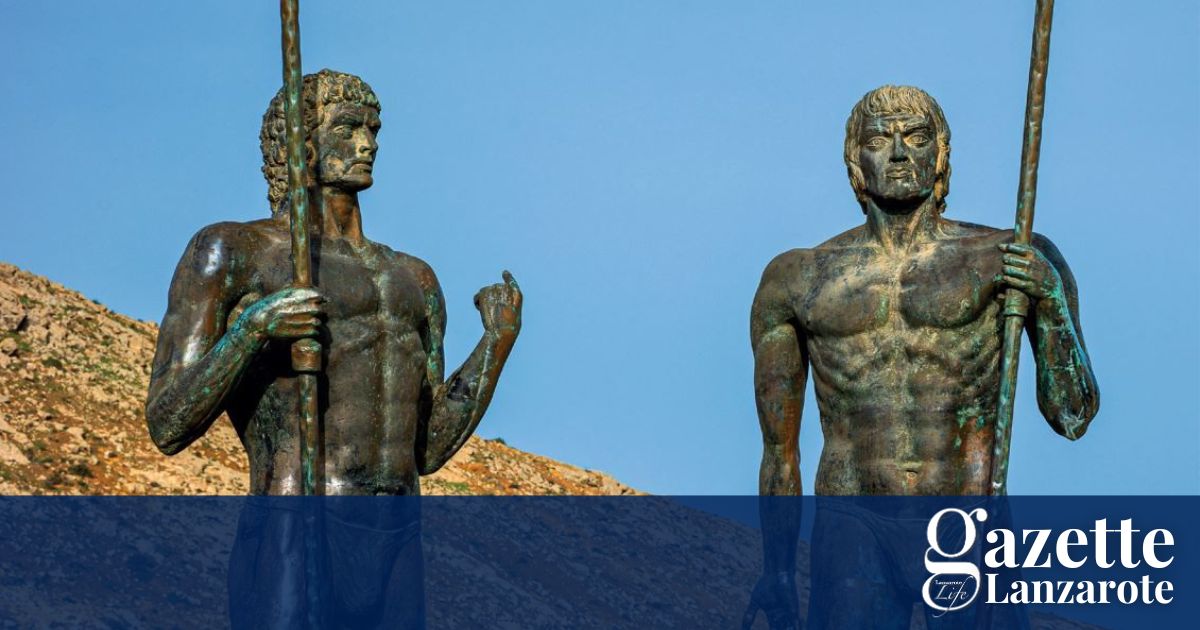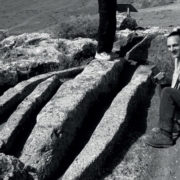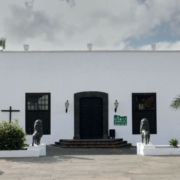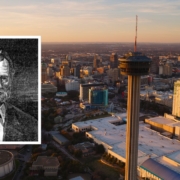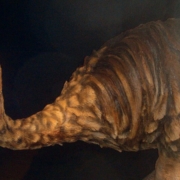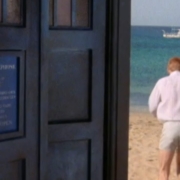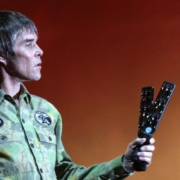Recent excavations in the areas of Zonzamas and San Marcial del Rubicon near Papagayo beach have renewed interest in Lanzarote’s original natives, the Mahos.
Although the original inhabitants of the Canary Islands are often known as Guanches, the tribes of the eastern islands – Lanzarote and Fuerteventura, are nowadays more generally referred to as Mahos, with a variant culture from those on the western islands.
They were a stone-age people, believed to have been taken to the islands as part of early colonisation attempts by the Phoenicians or exiled there by the Romans. The earliest records suggest they arrived between 2,500 and 2,000 years ago and, as they appear to have little knowledge of sailing, they did not make their own way here.
The Mahos are recorded as being taller than the natives of western islands. Unlike the Guanches of the western islands, the Mahos did not mummify their dead, instead wrapping them in goatskin and placing them in caves or volcanic tubes.
The most important archaeological site for the Mahos is Zonzamas, a gathering of “deep houses” – dwellings made of stone walls built around a depression in the ground and roughly plastered inside, that was once the “palace” of King Zonzamas.
Their lifestyle revolved around livestock, goats and sheep that provided them with milk, meat, skins for clothing and bones for tools. They practised polyandry, with women having up to three husbands. They also had a written language and were artistic, as evidenced by engravings around the island.
When the French mercenaries who conquered the island arrived, the population of Lanzarote was reported as around 1,000, of which 200 were warriors. This reduced number is attributed to constant raids by slavers. Although there were conflicts between conquistadores and Mahos on both islands, they were short lived and did not result in extermination of the natives. This is shown by the fact that 25% of the DNA in modern Lanzarote islanders can be traced back to the native inhabitants.
The Mahos also live on in place names all over Lanzarote. Teguise, Yaiza, Timanfaya, Tinajo, Tahiche – all of these and many more preserve the mysterious traces of the original language spoken on the islands.


